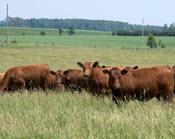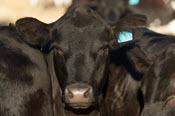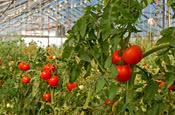Tracking data from farm gate to dinner plate
Canada’s beef industry strives to show traceability and sustainability throughout the supply chain
By Kate Ayers
Staff Writer
Better Farming
Blockchain is an emerging technology that provides supply chains with an online documentation system, which the agri-food industry can use to improve traceability and food safety, as well as reduce food waste.













